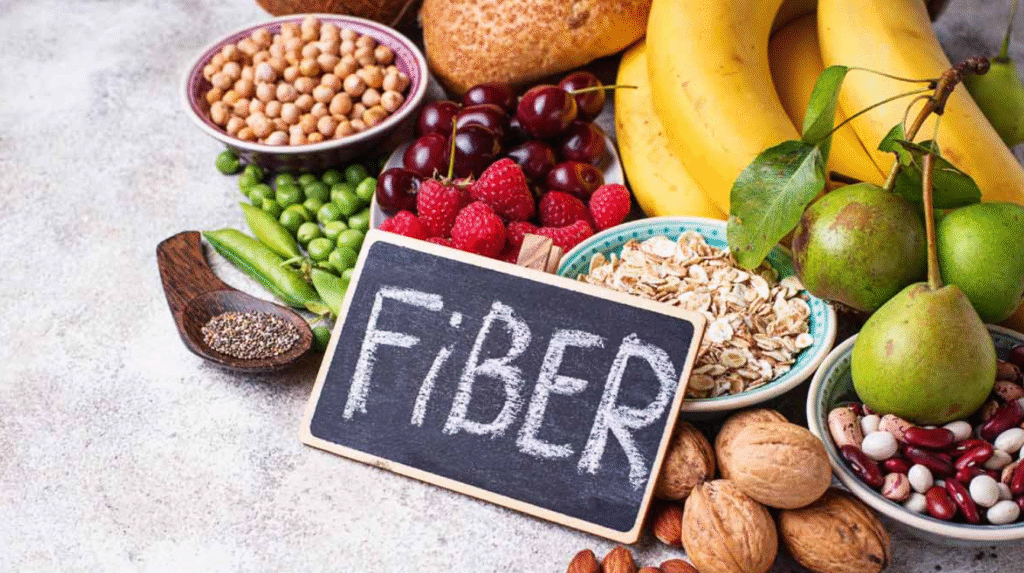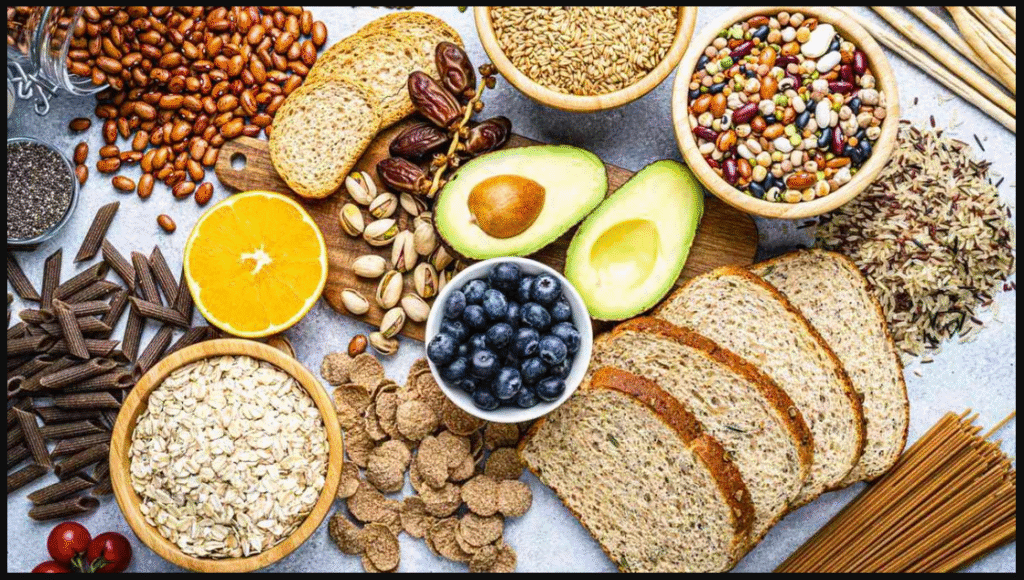
Countless people around us are eating food which are low in fibre, and they must add excess fibre and sugar to their diet. High-Fibre Foods Eating more fibre reduces all kinds of heart health issues and reduces the chances of stroke and even cancer.
As we have seen, there are a lot of people who are eating less fibre in their diet. More than 85% of women and 90% of men are almost unable to fulfil their fibre requirements. It is necessary that women consume 25 grams and men consume 38 grams, which provides many health benefits. It helps in reducing your cholesterol level and helps in reducing the risk of heart problems. The High-Fibre Foods help in balancing your body weight and help in balancing your sugar levels. It simply helps in balancing your digestive power, and these are filled with antioxidant properties. You must read ahead for learning more about the High-Fibre Food and its benefits and more.
Details about High-Fibre Foods
High-Fibre Foods contain nutrients which are also known as Carbohydrates. Fibres are extracted from plants. Which gets through your digestive system without dissolving, whereas other nutrients like proteins, minerals, and fat easily get absorbed. There are many Foods that have more fibre, known as High-Fibre Foods, and there are two types of fibre: Soluble Fibre and Insoluble Fibre.
Soluble Fibre:- Soluble Fibre easily dissolves in water and is converted into a gel substance when it reaches your stomach. It promotes a slow digestion process and helps in balancing your sugar levels. Some of the foods that are filled with Soluble Fibres include Oats, Peas, barley, and more.
Insoluble Fibre:- Insoluble Fibre is the fibre that never gets dissolved in the water and supports regular bowel movements. Some of the foods that are filled with Insoluble Fibres are nuts, vegetables, and whole grains.
High-Fibre Foods are filled with both Soluble and Insoluble Fibre, and they are found in fruits and vegetables, and can be eaten by anyone.
High-Fibre Food Benefits
All the food which are filled with High-Fibre will surely give you high nutrients and provide you with health benefits, and some of the benefits are:-
- Support Heart Health:- It helps in improving your heart health and reduces the chances of having any cardiovascular diseases.
- Manages your Sugar Levels:- It helps in balancing your sugar level and decreases the type 2 diabetes up to 30%.
- Easy Weight Management:- It controls your appetite and helps you eat less by fulfilling your stomach, and it simply helps in managing your body weight.
- Solves the Problem of Constipation:- With the consumption of High-Fibre Foods, the problem of constipation will be solved. It helps in solving all kinds of Gut Health issues without harming your body.
- Reduces your Cholesterol Levels:- These foods help in controlling the level of your Cholesterol.
Foods Filled with High-Fibre
There are many foods filled with high fibre that promote your health and make you active and energetic easily. These foods solve many health issues without harming your body.
Let’s discuss some of the foods that are High in Fibre and they are:-
- Oats:- It is seen that one cup of Oats gives you 5 grams of fibre, which helps in balancing your cholesterol level.
- Peas:- Peas contain 7 grams of Fibre in a cup, which helps in improving your heart health, and controls your sugar level.
- Pears:- Pear surely gives you 6 grams of fibre, which is ranking at the top of fruits. It improves your skin texture and gives other benefits to your skin.
- Barley:- A single cup of Barley is filled with 1 gram of fibre that helps in improving your digestive system and reduces your cholesterol level.
- Pumpkin seeds:- It is seen that a cup of Pumpkin Seeds contains 5 grams of fibre that helps in managing your body weight and solves the problem of your Gut.
- Banana:- A single Banana contains 3 grams of fibre that helps in reducing your cholesterol level and balances your sugar level.
- Sweet Potatoes:- It is seen that a single cup of sweet potatoes contains 6 grams of fibre, and it helps in balancing your sugar level and improves your digestive power.
- Raspberries:- Raspberries contain 8 grams of fibre, and balance your cholesterol and blood pressure levels.
Conclusion
It is important that there are no complications in consuming your daily required fibre, and you simply need to consume all the foods that are filled with high fibre. You can simply start your day by eating oats in your breakfast, and it is good if you add berries to your evening snacks and more High-Fibre Foods to your meals.
The people who consume High-Fibre Food will never face any heart diseases, enhance their digestive power, and balance their blood sugar levels. All the fibre foods are filled with vitamins, minerals, fats, and other essential nutrients, which simply support your health.
You can see that, due to the changes, choosing your food can make a drastic change in your health. You need to consume 25-35 grams of fibre every day, and it will give you satisfying and desired benefits. If you are thinking about consulting your healthcare professional regarding the food items that have more fibre, it is good as it helps you understand more clearly which products are safe for you. It is clearly seen that there are many people allergic to some particular product, and they cannot consume it, and then their healthcare consultants surely help them choose the right food.

Frequently Asked Questions
- How many hours are required for digesting fibre-rich food?
Ans. 24 hours are needed for digesting fibre.
- What is the appropriate timing after eating fibre?
Ans. You need to wait 2 to 3 hours after consuming fibre.
- Is consuming Fibre supplements safe?
Ans. Yes, consuming fibre supplements is safe.
- Can you tell me some fruits who has fibre in them?
Ans. Apples, berries, nuts, beans, and more
- Which drink contains fibre?
Ans. Yogurt and Fruit Smoothies, Pineapple Smoothies, Chocolate Shakes, and more.
Disclaimer & Copyright
The content on AmericanPainSociety.org is provided for general informational purposes only and should not replace professional medical advice, diagnosis, or treatment. We make no guarantees of accuracy, completeness, or timeliness. Users rely on the information at their own risk. Always consult qualified professionals for healthcare decisions.
© 2025 American Pain Society. All rights reserved. No part of this website may be reproduced, distributed, or transmitted in any form or by any means without prior written permission.
